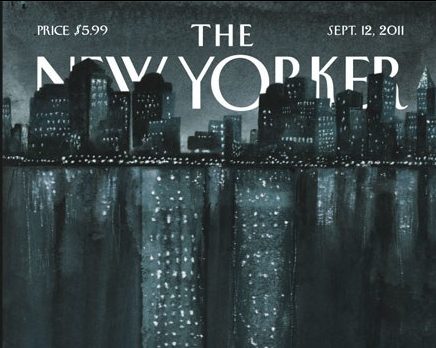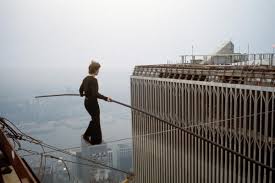9/11 Teach-In

On September 11, 2017, in commemoration of the 16th anniversary of the World Trade Tower tragedy, DMAE replaced its annual 9/11 assembly with a campus-wide Teach-In.
“I thought it was important for everybody on campus to consider 9/11 and find a shared time where we could all be feeling the emotions of 9/11 and thinking about it,” coordinator of the Teach-In Judy Aronson said.
Ms. Aronson was inspired to create the new 9/11 Teach-In as a new updated way to still honor the event. At least, to allow the opportunity for teachers to share their own thoughts on the event. Pre–Engineering Program Manager Randy Sherry liked the idea and shared an important truth.
“In a few of my classes, we had a brief discussion of the impact of 9/11 since most of them were too young to understand its impact,” Mr. Sherry explained. “I conveyed how ‘small’ the world seemed [after the attack] because of how most of us knew at least one person who was directly affected by the Trade Center attacks.”
Many DMAE teachers all over campus and from all subject areas participated in the 9/11 Teach-In in various ways. History teacher Steven Hanson offered an article on the true heroes of 9/11, the first responders. Physics teacher Jonathan Sloane led his class into a discussion through a meaningful video recounting the events of the disaster. English teacher Constance Clark asked students to compare a photo of daredevil Philippe Petit’s famous high wire stunt across the brand new Twin Towers to the cover of The New Yorker after the 9/11 tragedy. These and other lessons helped students understand the magnitude the of 9/11 attacks and the war-like impact on society.

Another incentive for the new Teach-In approach was simply the fact that the current DMAE student population was either too young to remember 9/11 or weren’t even alive.
“In 2017, the majority of our students were not even born on September 11, 2001, or were too young to remember,” history teacher Carmine Battista said. “So ‘A Day of Remembrance,’ or a similar assembly, has no real meaning to those who didn’t experience it,” he added.
The event was no longer a current event but “history,” Mr. Hanson noted. However, this fact made 9/11 all the more important to recognize at DMAE.
“We teach other history,” Mr. Hanson said. “No one was around in 1776, but we still cling to that and this is the same type of event. It changed our lives from there on after. It took a part of our lives away from us, whether we were living or not.”
Not all teachers were able to contribute to the community Teach-In, due to time constraints. With the 2017-2018 bell schedule shortened to 42-minute periods, some teachers felt they were not left with much of a choice but to skip the Teach-In.
Ms. Aronson, however, remains hopeful for the future.
“This is a year of change for our campus, and we all have to be willing to make compromises” she reflected. “Everybody’s vision for what happens on campus isn’t necessarily going to happen and we all have to be willing to accept that, and that in time as we take this new path with the new administration, we can make changes that might feel a little more genuine to us.”


